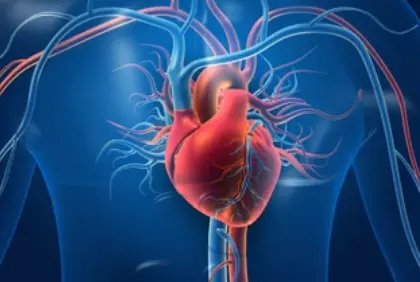 Welcome
Welcome
“May all be happy, may all be healed, may all be at peace and may no one ever suffer."
Loading...
Hyperpigmentation Generics
Hyperpigmentation - Generics
Hyperpigmentation is a common skin condition in which patches of skin appear darker than the surrounding area. This occurs when there is an overproduction of melanin, the pigment that gives color to the skin, in a specific area of the skin.
There are many different types of hyperpigmentation, including:
- Post-inflammatory hyperpigmentation (PIH): This occurs after an injury to the skin, such as a cut, burn, or acne.
- Melasma: A common type of hyperpigmentation that is caused by hormonal changes, often during pregnancy or due to the use of hormonal contraceptives.
- Age spots or liver spots: These are small, dark spots that develop on areas of the skin that are frequently exposed to the sun.
- Freckles: Small brown spots that are often genetic in nature and become more prominent with sun exposure.
- Dark circles under the eyes: This is a type of hyperpigmentation that can be caused by genetics, lack of sleep, or aging.
Treatment for hyperpigmentation depends on the underlying cause. Some treatments may include:
- Topical creams or serums containing ingredients such as hydroquinone, retinoids, or kojic acid, which can help to lighten the skin.
- Chemical peels or laser treatments, which can help to remove the top layer of skin and reduce the appearance of hyperpigmentation.
- Sun protection, such as wearing sunscreen with an SPF of at least 30 and wearing protective clothing, to prevent further damage to the skin.
- Avoiding picking or scratching at the skin, which can exacerbate PIH.
- Addressing underlying medical conditions, such as hormonal imbalances, which can contribute to melasma.
It is important to seek medical advice if hyperpigmentation is sudden, severe, or accompanied by other symptoms, as it may indicate an underlying medical condition.

Bradycardia
Heart disease

Bacterial endocarditis
Germs disease

Peripheral neuralgias: Di...
Diabetics

Hypogonadism
Hormone

Missed abortion
Pregnancy

Hemofiltration
Blood disease

Diaper rash
Skin disease

Sweating feet
Skin disease
Searching Keywords Idea
Hyperpigmentation, হাইপারপিগমেন্টেশন
Bangladesh is Number One in Digital Medical Management.
To be happy, beautiful, healthy, wealthy, hale and long-lived stay with DM3S.
To be happy, beautiful, healthy, wealthy, hale and long-lived stay with DM3S.